Marc Lamont Hill - Nobody: Casualties of America’s War on the Vulnerable, from Ferguson to Flint and Beyond
Here you can read online Marc Lamont Hill - Nobody: Casualties of America’s War on the Vulnerable, from Ferguson to Flint and Beyond full text of the book (entire story) in english for free. Download pdf and epub, get meaning, cover and reviews about this ebook. year: 2016, publisher: Atria Books, genre: Politics. Description of the work, (preface) as well as reviews are available. Best literature library LitArk.com created for fans of good reading and offers a wide selection of genres:
Romance novel
Science fiction
Adventure
Detective
Science
History
Home and family
Prose
Art
Politics
Computer
Non-fiction
Religion
Business
Children
Humor
Choose a favorite category and find really read worthwhile books. Enjoy immersion in the world of imagination, feel the emotions of the characters or learn something new for yourself, make an fascinating discovery.

- Book:Nobody: Casualties of America’s War on the Vulnerable, from Ferguson to Flint and Beyond
- Author:
- Publisher:Atria Books
- Genre:
- Year:2016
- Rating:3 / 5
- Favourites:Add to favourites
- Your mark:
Nobody: Casualties of America’s War on the Vulnerable, from Ferguson to Flint and Beyond: summary, description and annotation
We offer to read an annotation, description, summary or preface (depends on what the author of the book "Nobody: Casualties of America’s War on the Vulnerable, from Ferguson to Flint and Beyond" wrote himself). If you haven't found the necessary information about the book — write in the comments, we will try to find it.
[Nobody] examines the interlocking mechanisms that systematically disadvantage those marked as poor, black, brown, immigrant, queer, or transthose, in Hills words, who are Nobodies...A worthy and necessary addition to the contemporary canon of civil rights literature. The New York Times
An impassioned analysis of headline-making casesTimely, controversial, and bound to stir already heated discussion. Kirkus Reviews
A thought-provoking and important analysis of oppression, recommended for those seeking clarity on current events. Library Journal
Unarmed citizens shot by police. Drinking water turned to poison. Mass incarcerations. Weve heard the individual stories. Now a leading public intellectual and acclaimed journalist offers a powerful, paradigm-shifting analysis of Americas current state of emergency, finding in these events a larger and more troubling truth about race, class, and what it means to be Nobody.
Protests in Ferguson, Missouri and across the United States following the death of Michael Brown revealed something far deeper than a passionate display of age-old racial frustrations. They unveiled a public chasm that has been growing for years, as America has consistently and intentionally denied significant segments of its population access to full freedom and prosperity.
In Nobody, scholar and journalist Marc Lamont Hill presents a powerful and thought-provoking analysis of race and class by examining a growing crisis in America: the existence of a group of citizens who are made vulnerable, exploitable and disposable through the machinery of unregulated capitalism, public policy, and social practice. These are the people considered Nobody in contemporary America. Through on-the-ground reporting and careful research, Hill shows how this Nobody class has emerged over time and how forces in America have worked to preserve and exploit it in ways that are both humiliating and harmful.
To make his case, Hill carefully reconsiders the details of tragic events like the deaths of Michael Brown, Sandra Bland, and Freddie Gray, and the water crisis in Flint, Michigan. He delves deeply into a host of alarming trends including mass incarceration, overly aggressive policing, broken court systems, shrinking job markets, and the privatization of public resources, showing time and time again the ways the current system is designed to worsen the plight of the vulnerable.
Timely and eloquent, Nobody is a keen observation of the challenges and contradictions of American democracy, a must-read for anyone wanting to better understand the race and class issues that continue to leave their mark on our country today.
Marc Lamont Hill: author's other books
Who wrote Nobody: Casualties of America’s War on the Vulnerable, from Ferguson to Flint and Beyond? Find out the surname, the name of the author of the book and a list of all author's works by series.


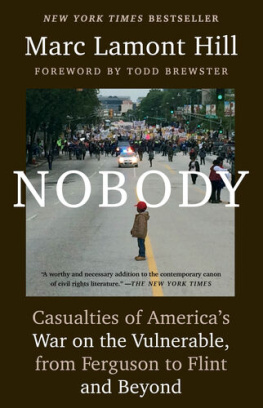

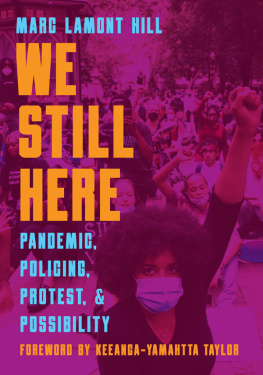
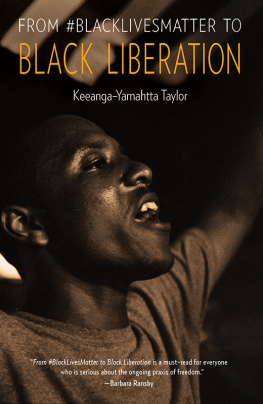
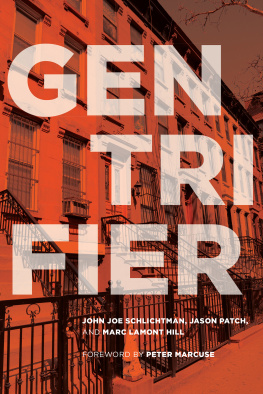
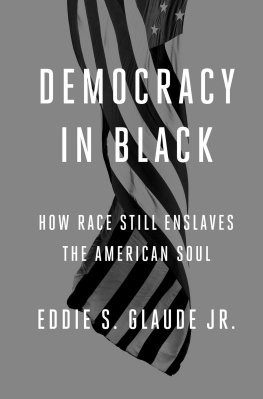
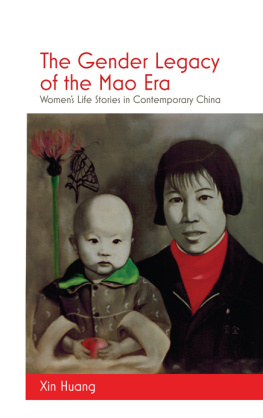
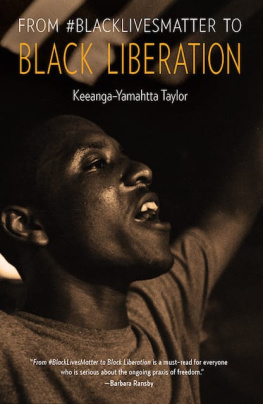
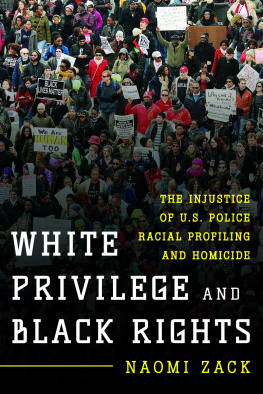


 and colophon are trademarks of Simon & Schuster, Inc.
and colophon are trademarks of Simon & Schuster, Inc.